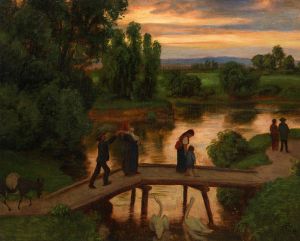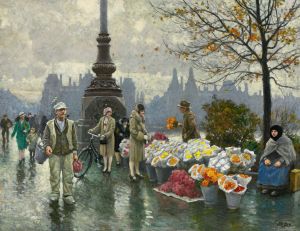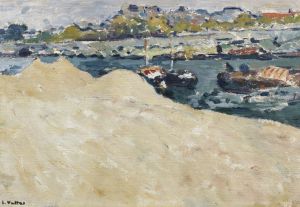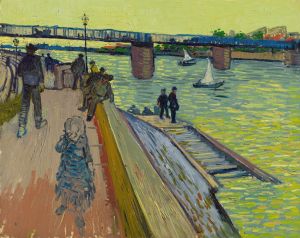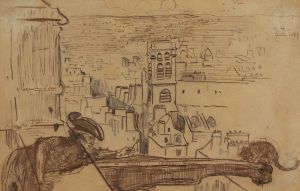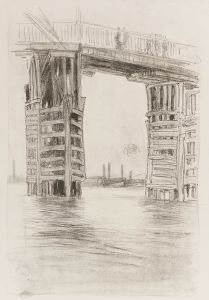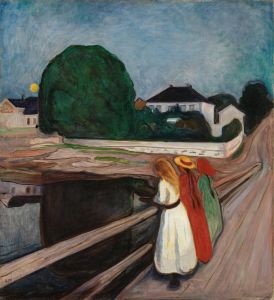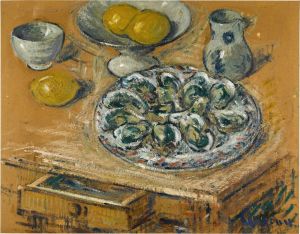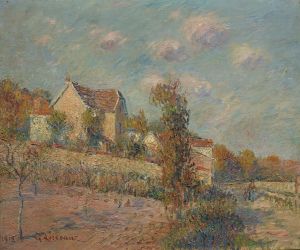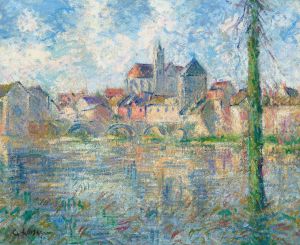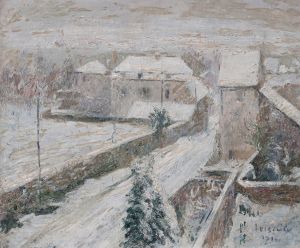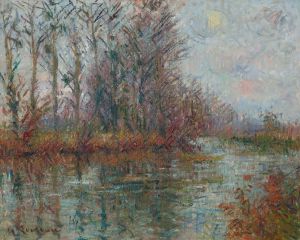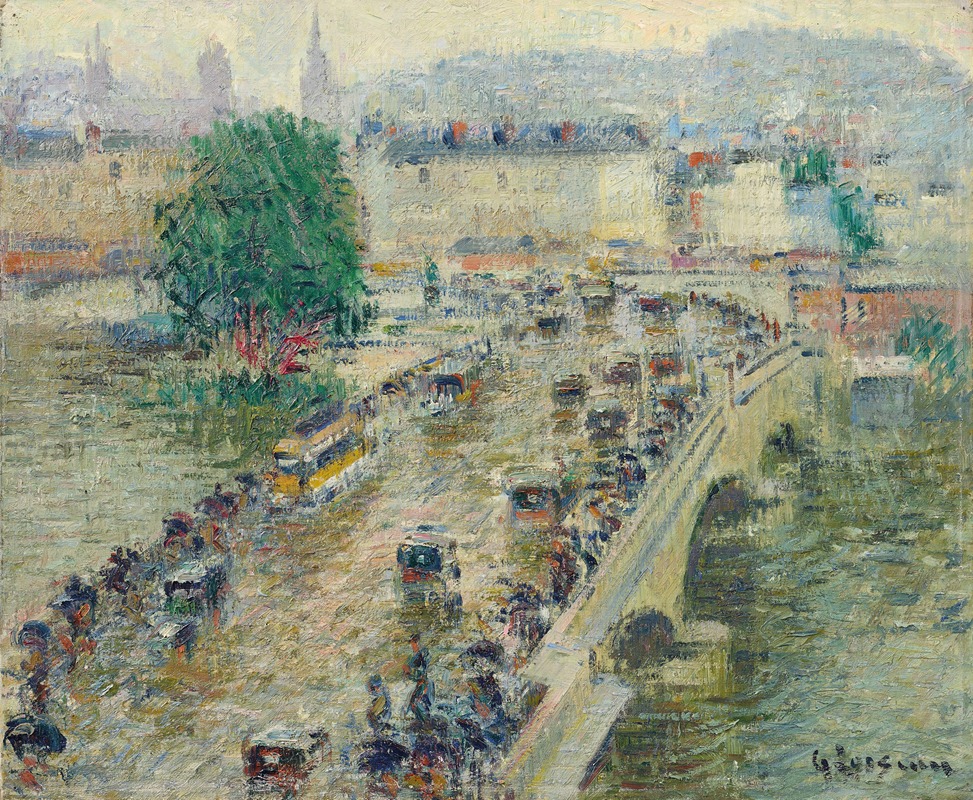
Le pont Corneille à Rouen
A hand-painted replica of Gustave Loiseau’s masterpiece Le pont Corneille à Rouen, meticulously crafted by professional artists to capture the true essence of the original. Each piece is created with museum-quality canvas and rare mineral pigments, carefully painted by experienced artists with delicate brushstrokes and rich, layered colors to perfectly recreate the texture of the original artwork. Unlike machine-printed reproductions, this hand-painted version brings the painting to life, infused with the artist’s emotions and skill in every stroke. Whether for personal collection or home decoration, it instantly elevates the artistic atmosphere of any space.
Gustave Loiseau was a French Post-Impressionist painter known for his landscapes and scenes of Paris and the French countryside. One of his notable works is "Le pont Corneille à Rouen," which translates to "The Corneille Bridge in Rouen." This painting exemplifies Loiseau's characteristic style, which often involved capturing the transient effects of light and atmosphere on the landscape.
Loiseau was born on October 3, 1865, in Paris, and he developed an early interest in art. He initially trained as an apprentice decorator before pursuing formal art education at the École des Beaux-Arts in Paris. However, he soon left the institution to study under the tutelage of Fernand Quignon, a landscape painter. Loiseau was influenced by the Impressionists, particularly Claude Monet and Camille Pissarro, and he became associated with the Post-Impressionist movement, which sought to extend Impressionism while rejecting its limitations.
"Le pont Corneille à Rouen" is a depiction of the Corneille Bridge, a significant landmark in the city of Rouen, located in the Normandy region of France. Rouen, with its rich history and picturesque setting along the Seine River, has been a popular subject for many artists, including Monet, who famously painted the Rouen Cathedral series. The Corneille Bridge itself is named after the famous French playwright Pierre Corneille, who was born in Rouen.
Loiseau's painting captures the bridge in a manner that emphasizes the play of light and color, a hallmark of his work. His technique often involved the use of short, brisk brushstrokes and a vibrant palette to convey the changing conditions of the natural environment. This approach allows the viewer to experience the scene as a fleeting moment in time, a concept central to Impressionism and Post-Impressionism.
The painting likely reflects Loiseau's interest in the effects of weather and light on the landscape, as well as his ability to convey a sense of movement and life within a static image. His works are known for their rhythmic brushwork and the subtle interplay of colors, which together create a dynamic and lively composition.
Loiseau's contribution to the art world is significant, as he was part of a group of artists who continued to explore and expand the boundaries of Impressionism into the early 20th century. His works are celebrated for their ability to capture the essence of a scene with both precision and emotion, offering viewers a glimpse into the beauty of everyday life as seen through the eyes of a dedicated and skilled artist.
"Le pont Corneille à Rouen" is a testament to Loiseau's mastery of landscape painting and his ability to evoke the atmosphere of a particular place and time. Today, his paintings are held in various collections around the world, appreciated for their contribution to the development of modern art and their enduring appeal.





